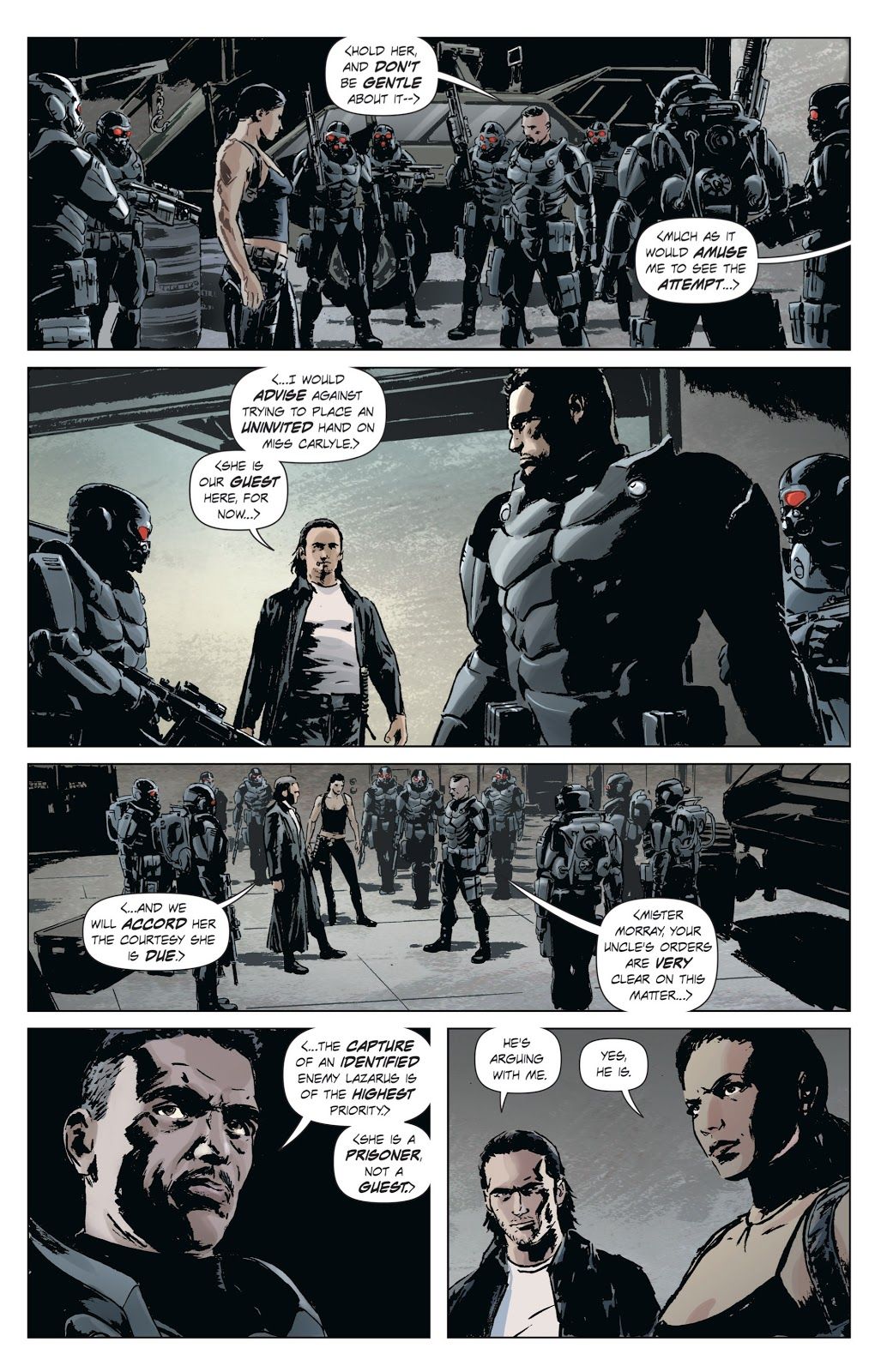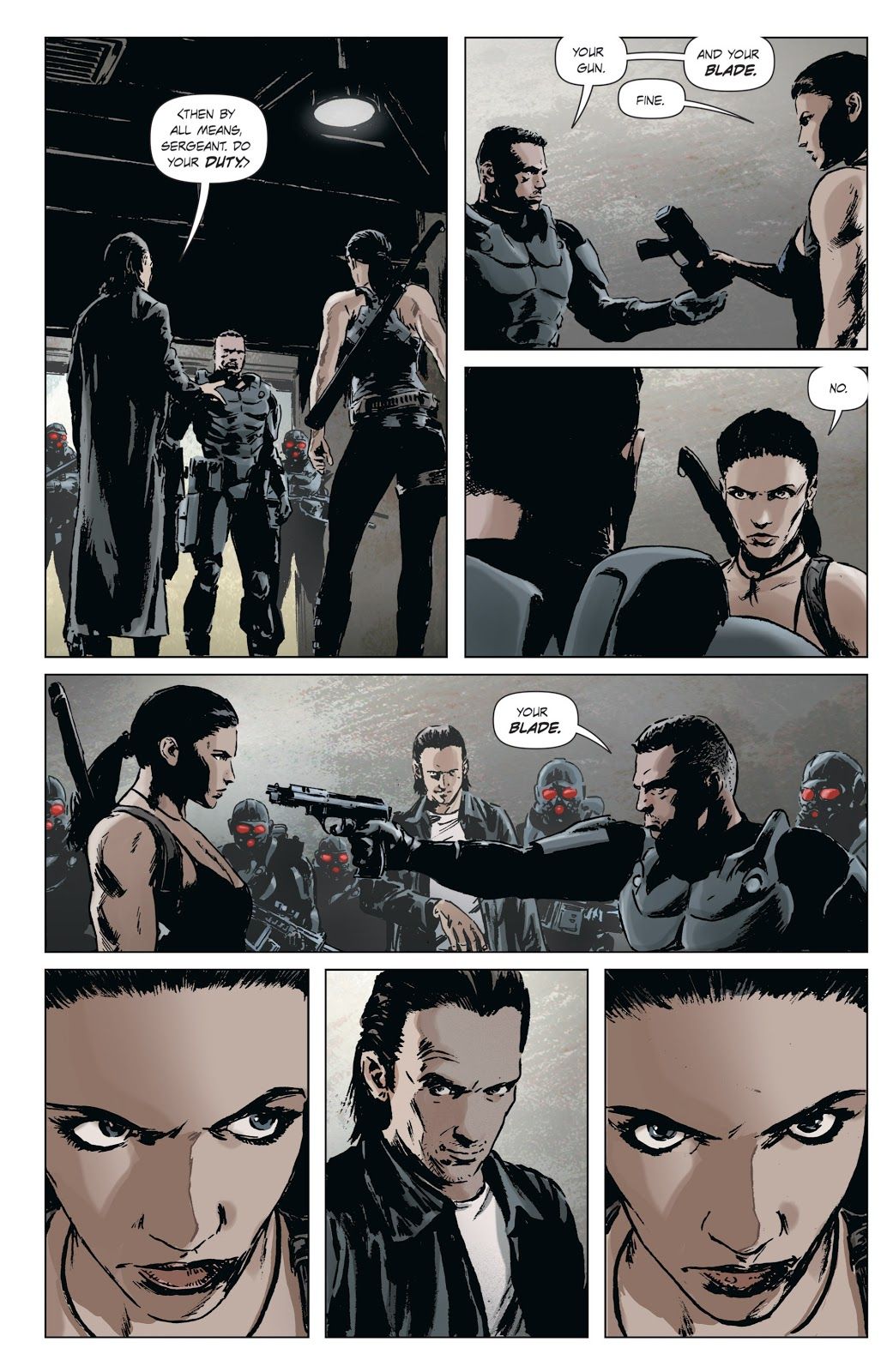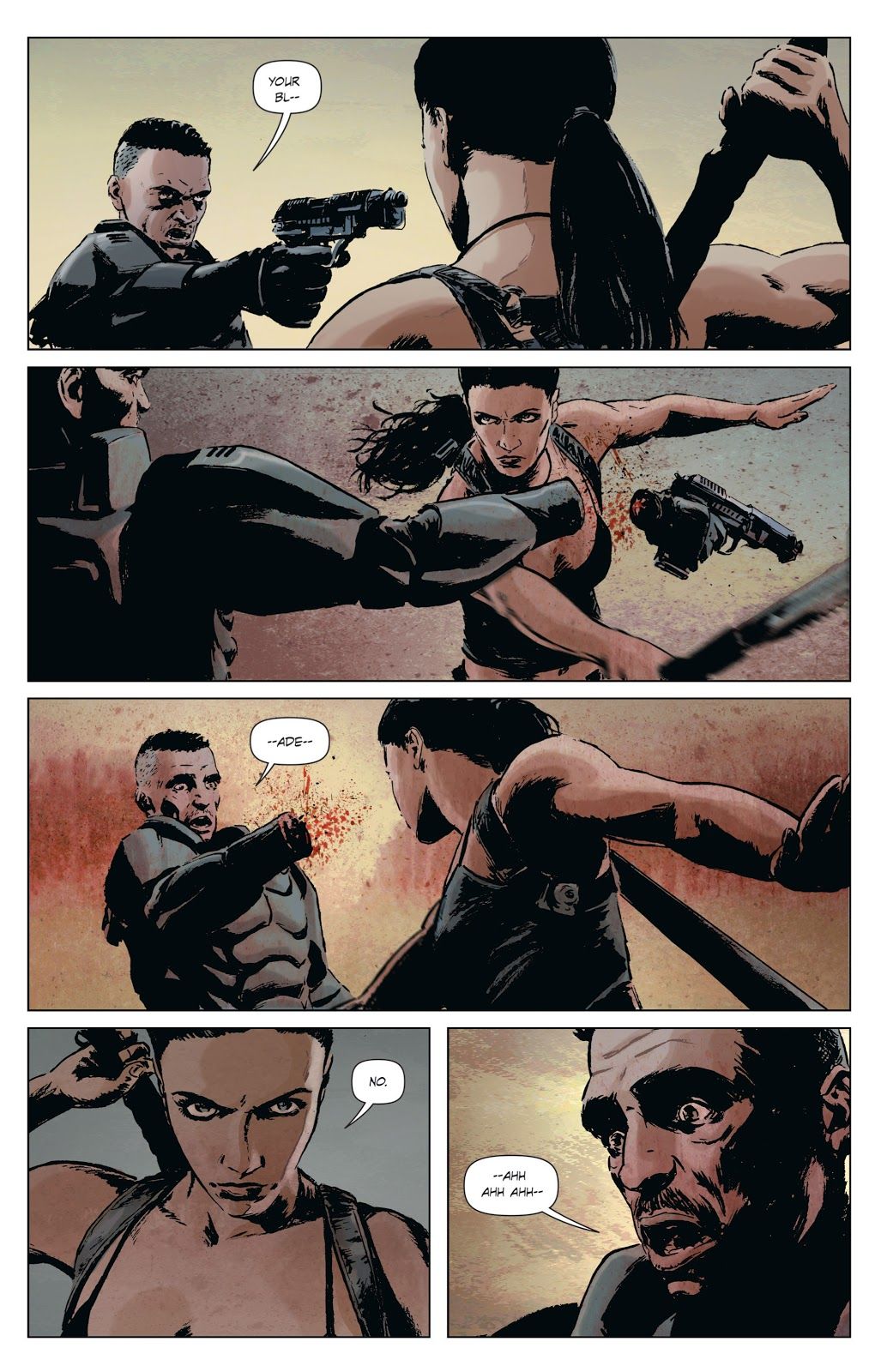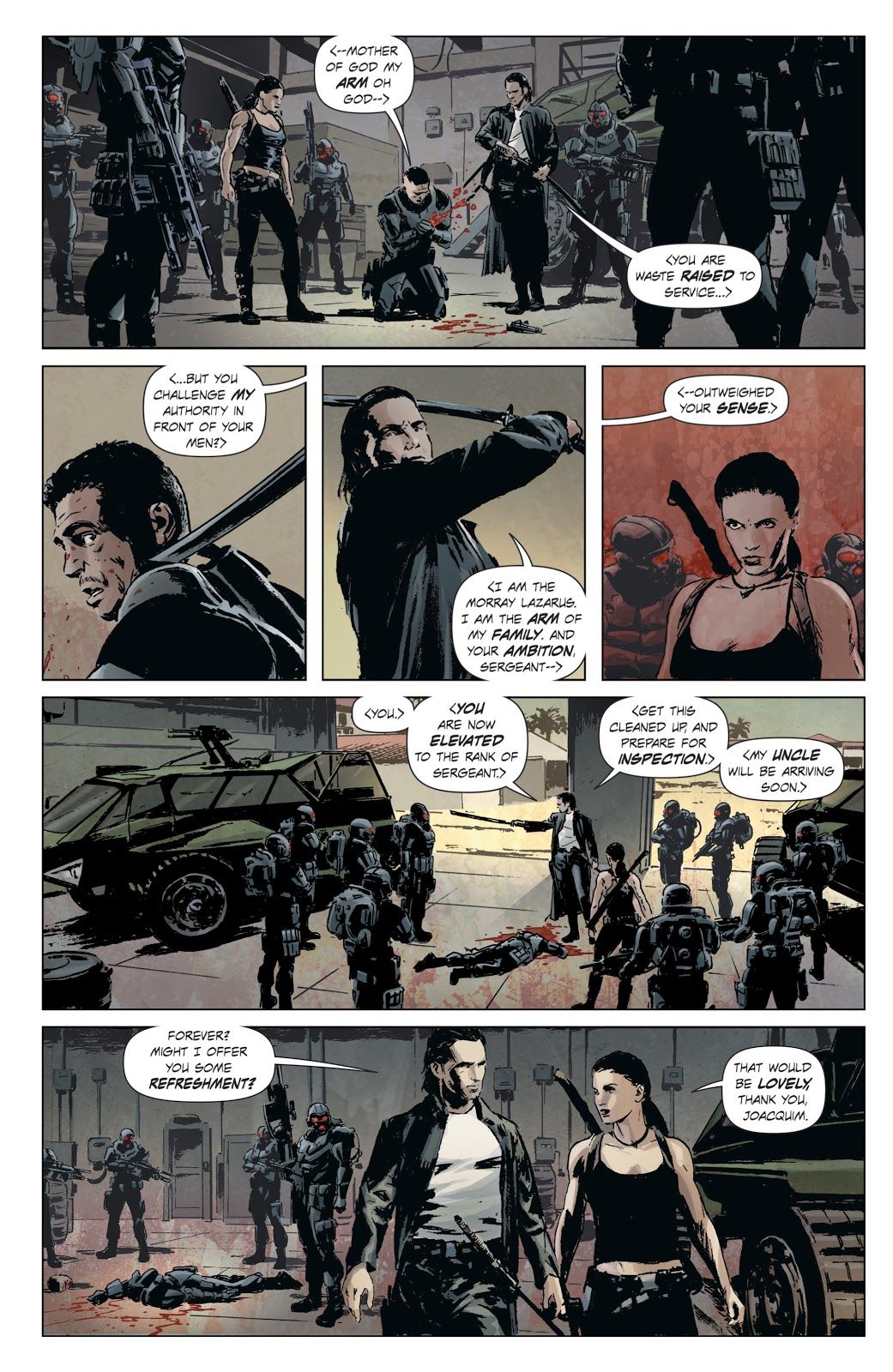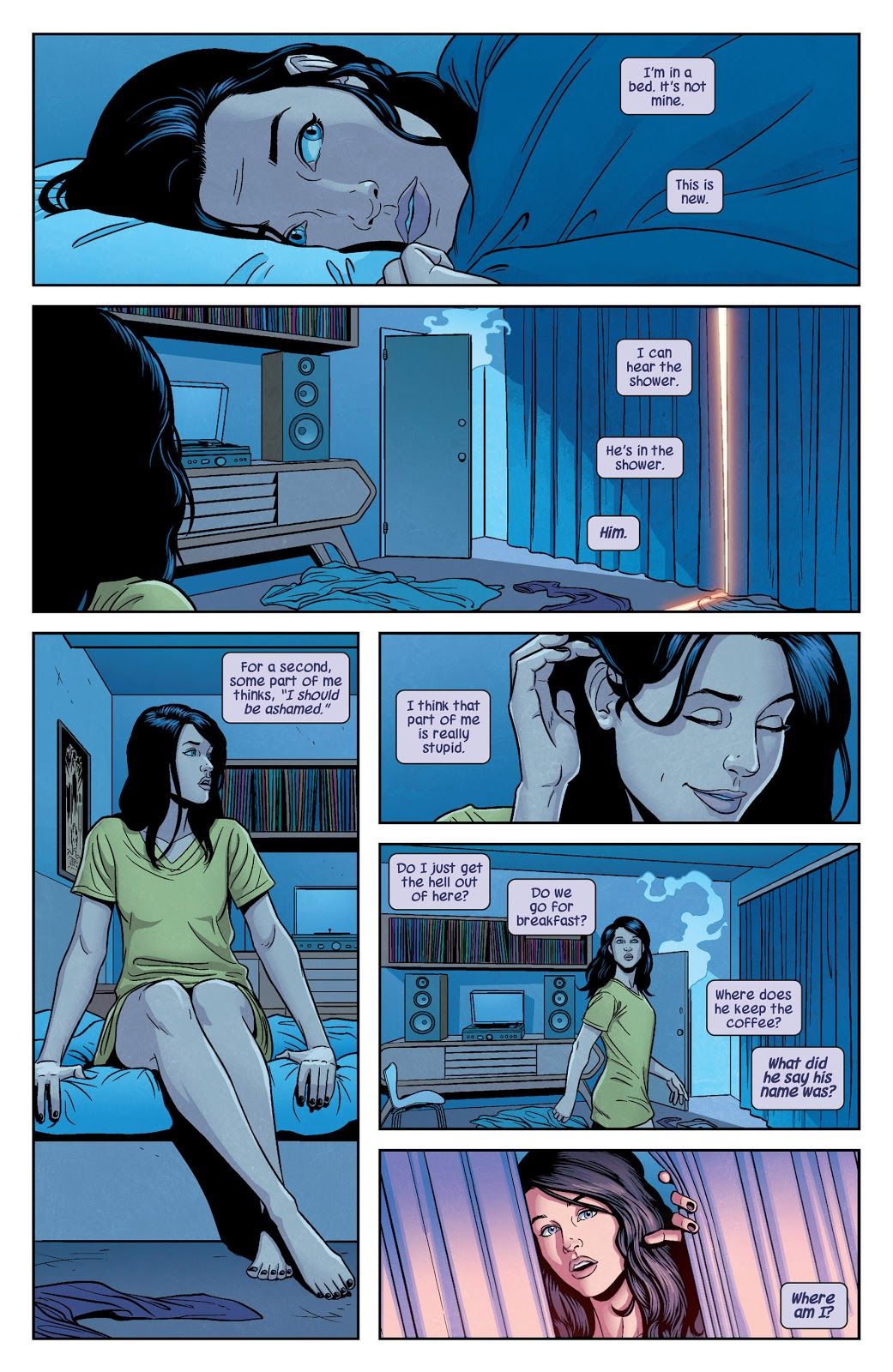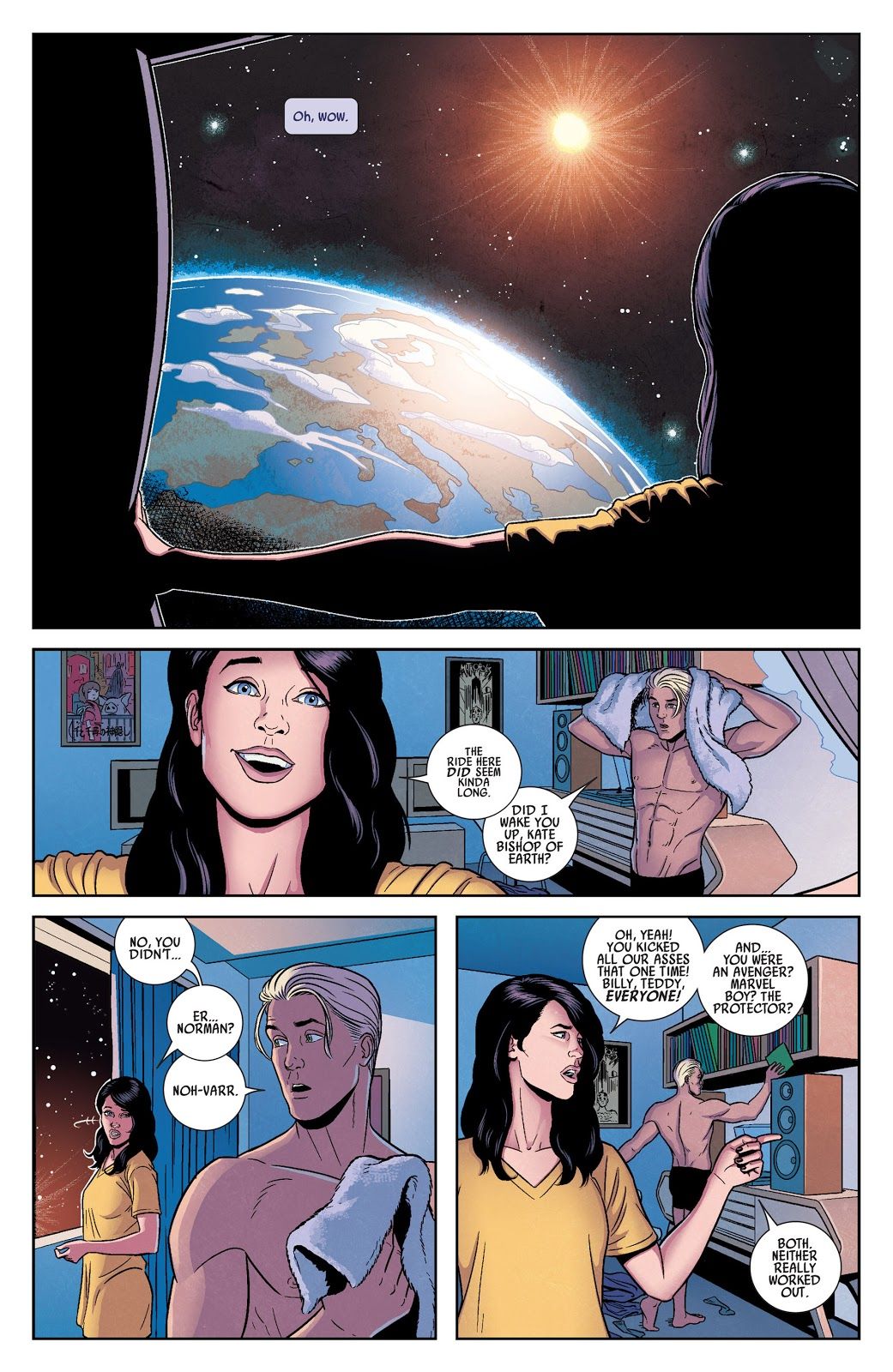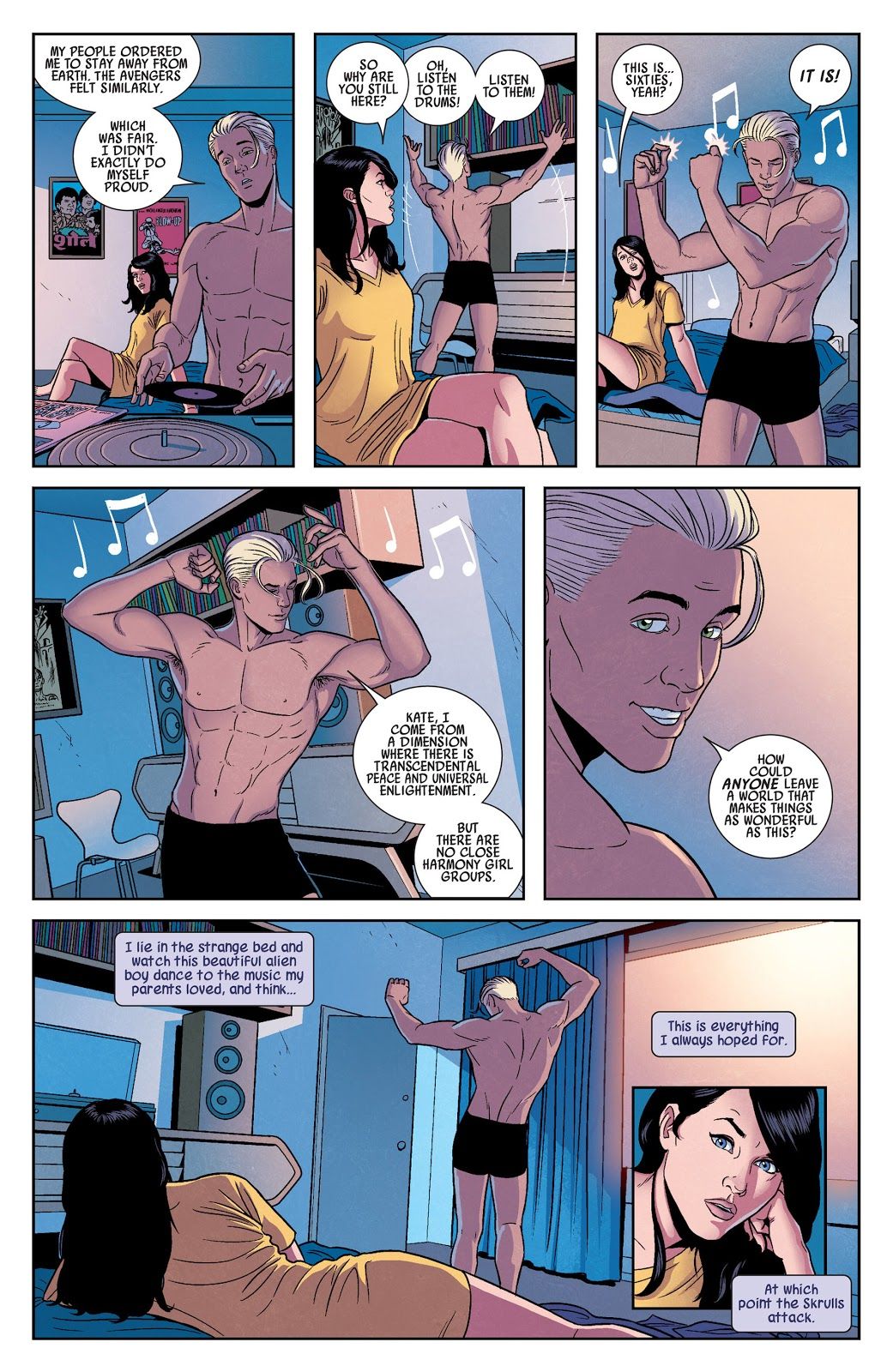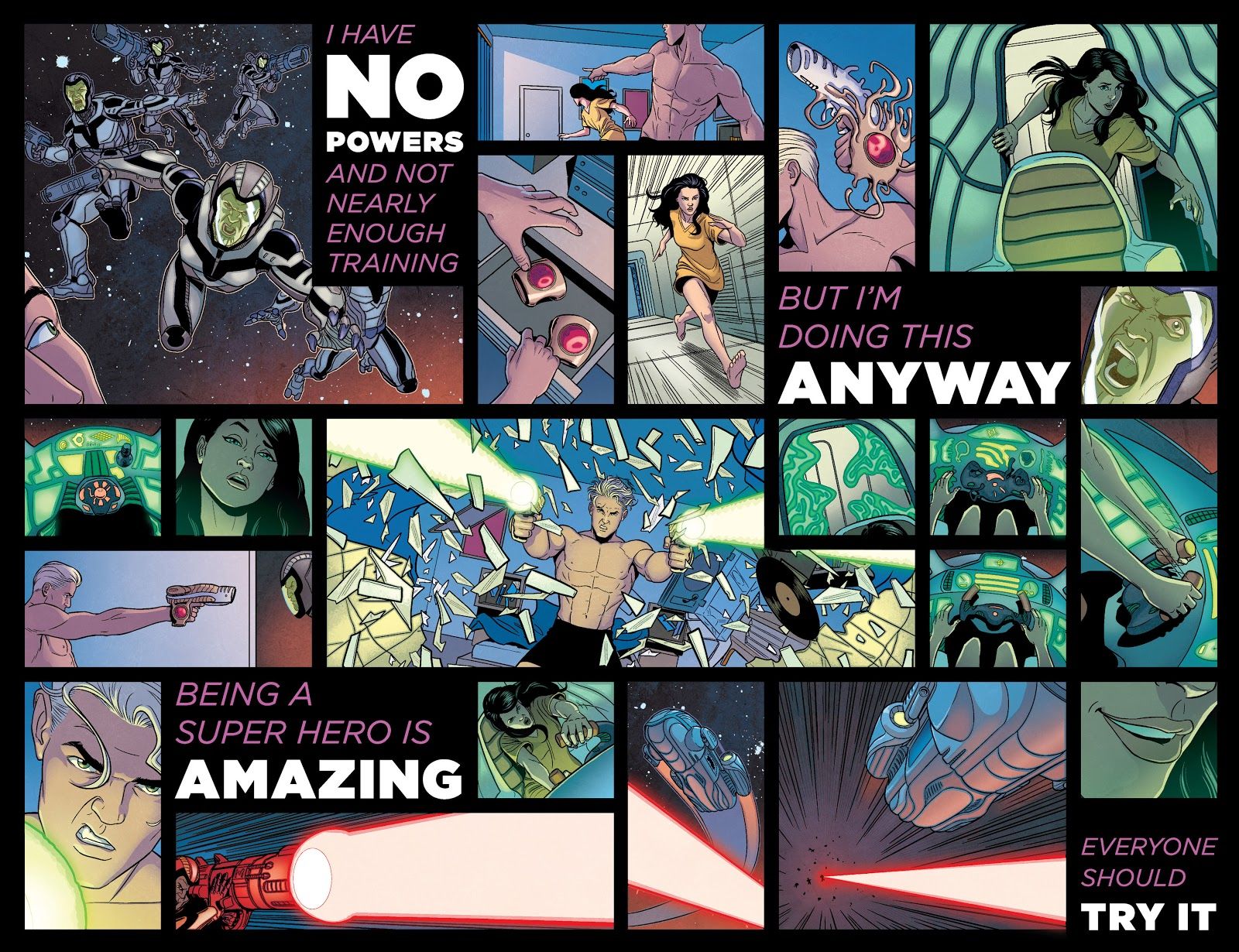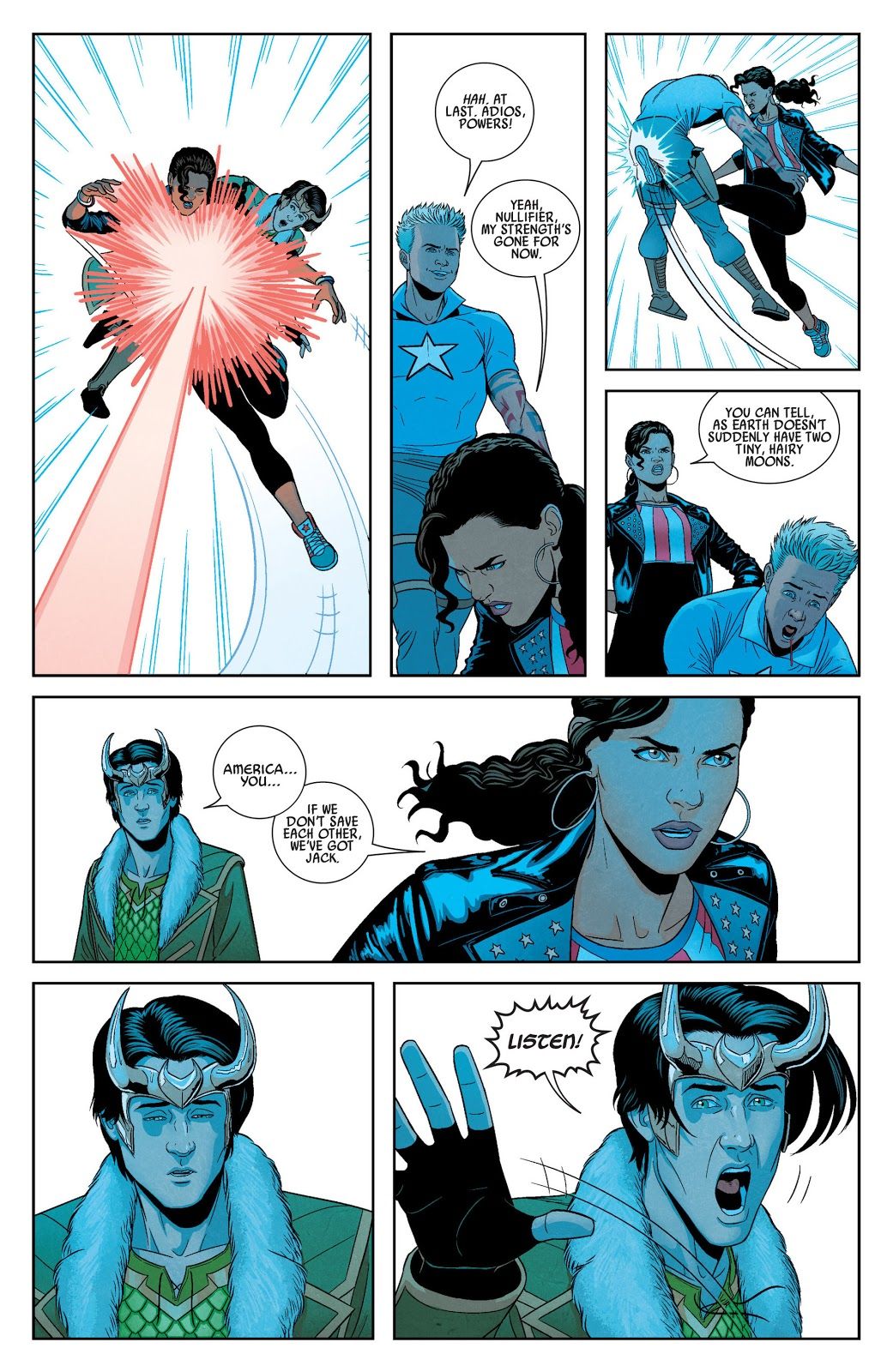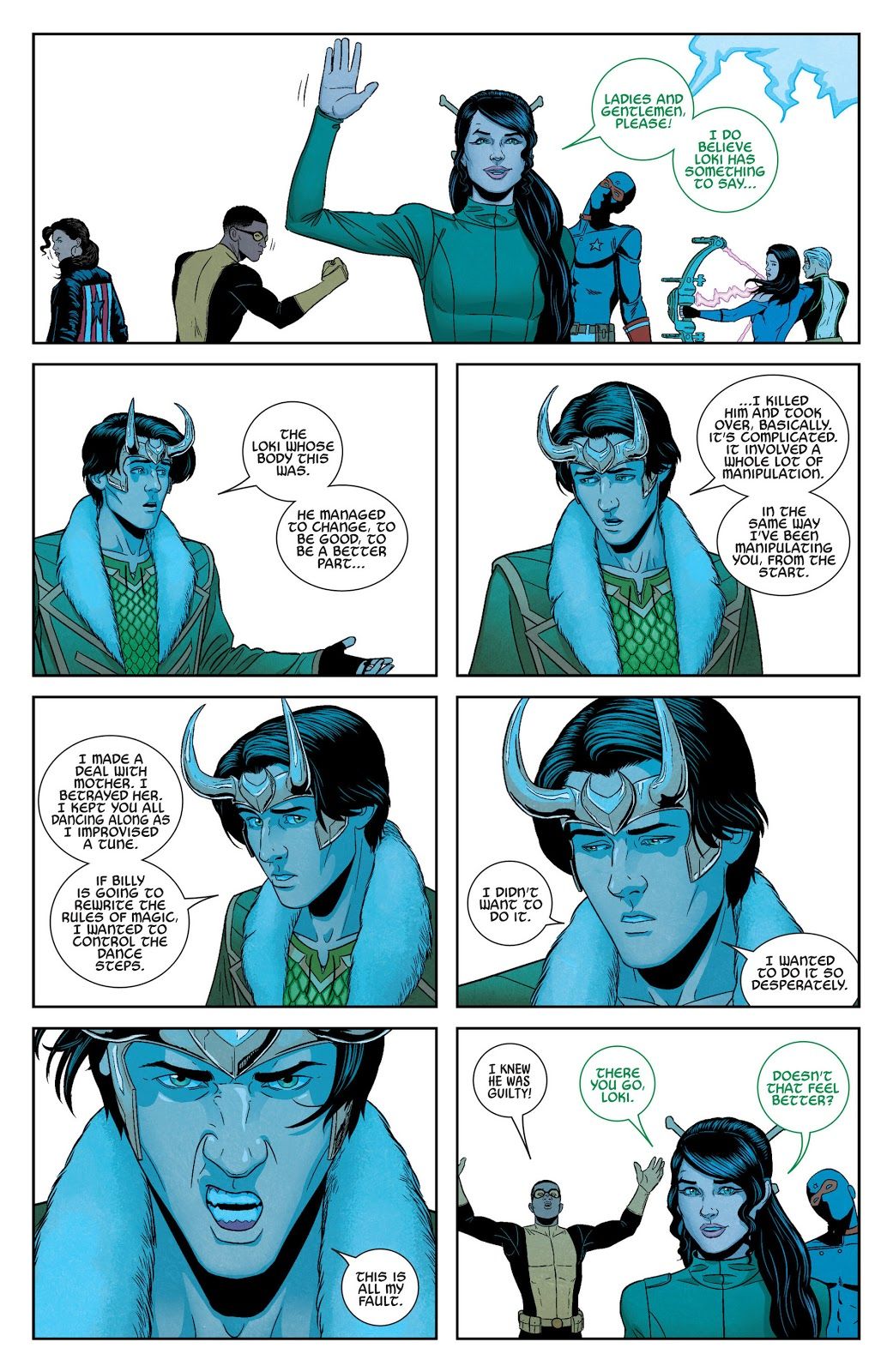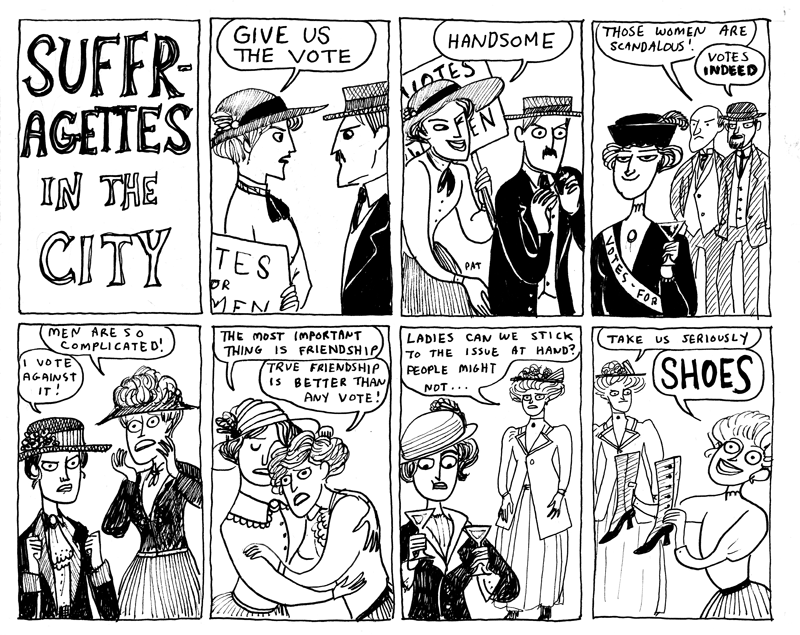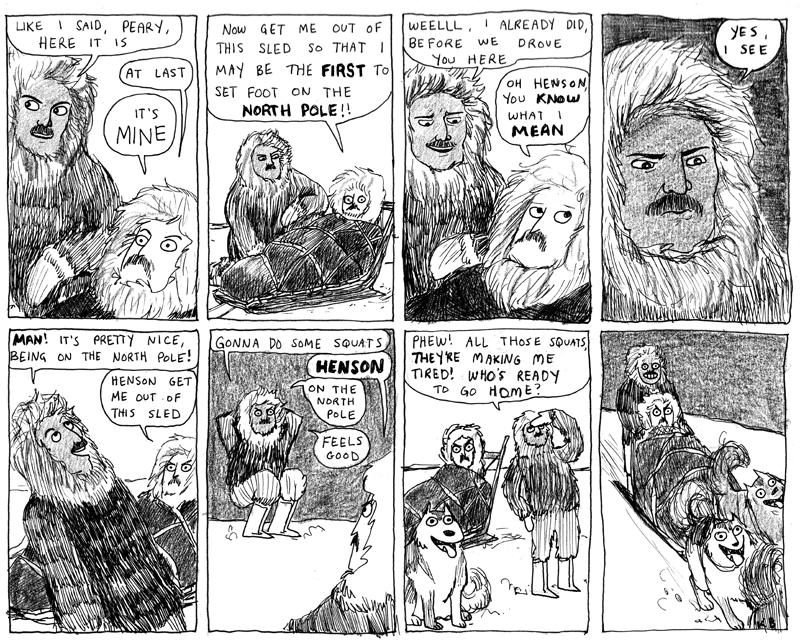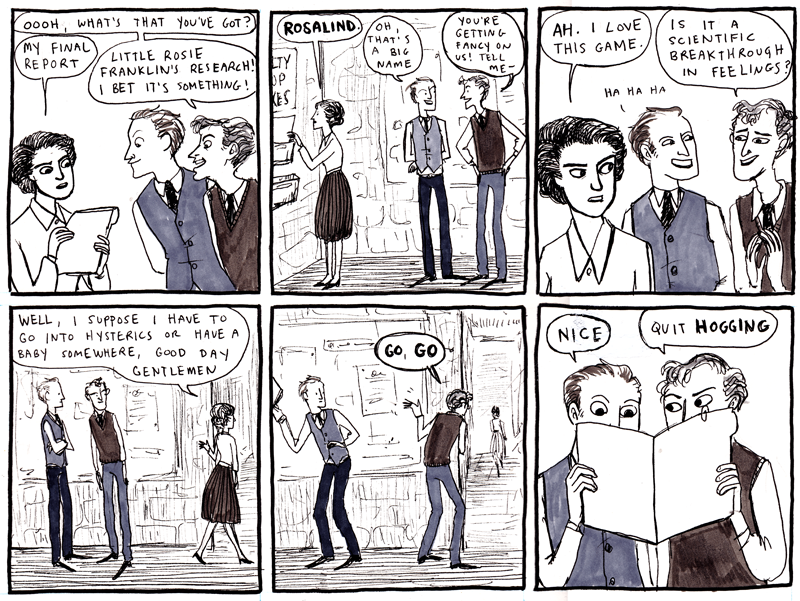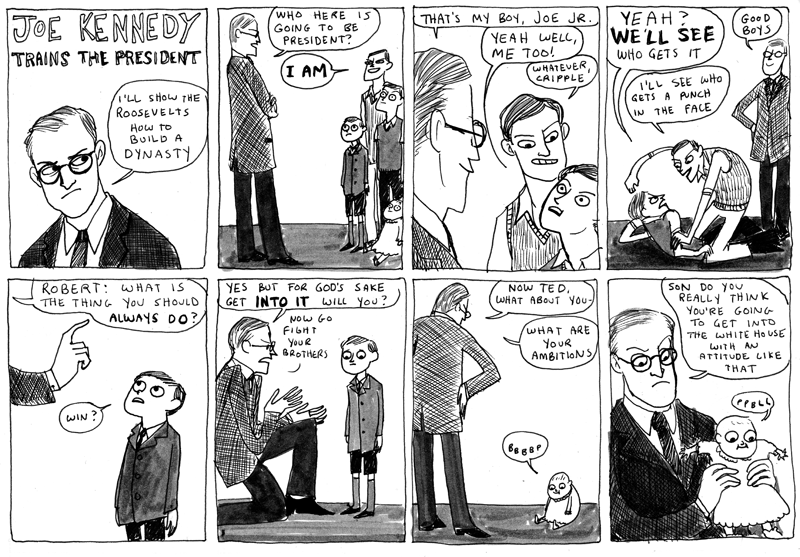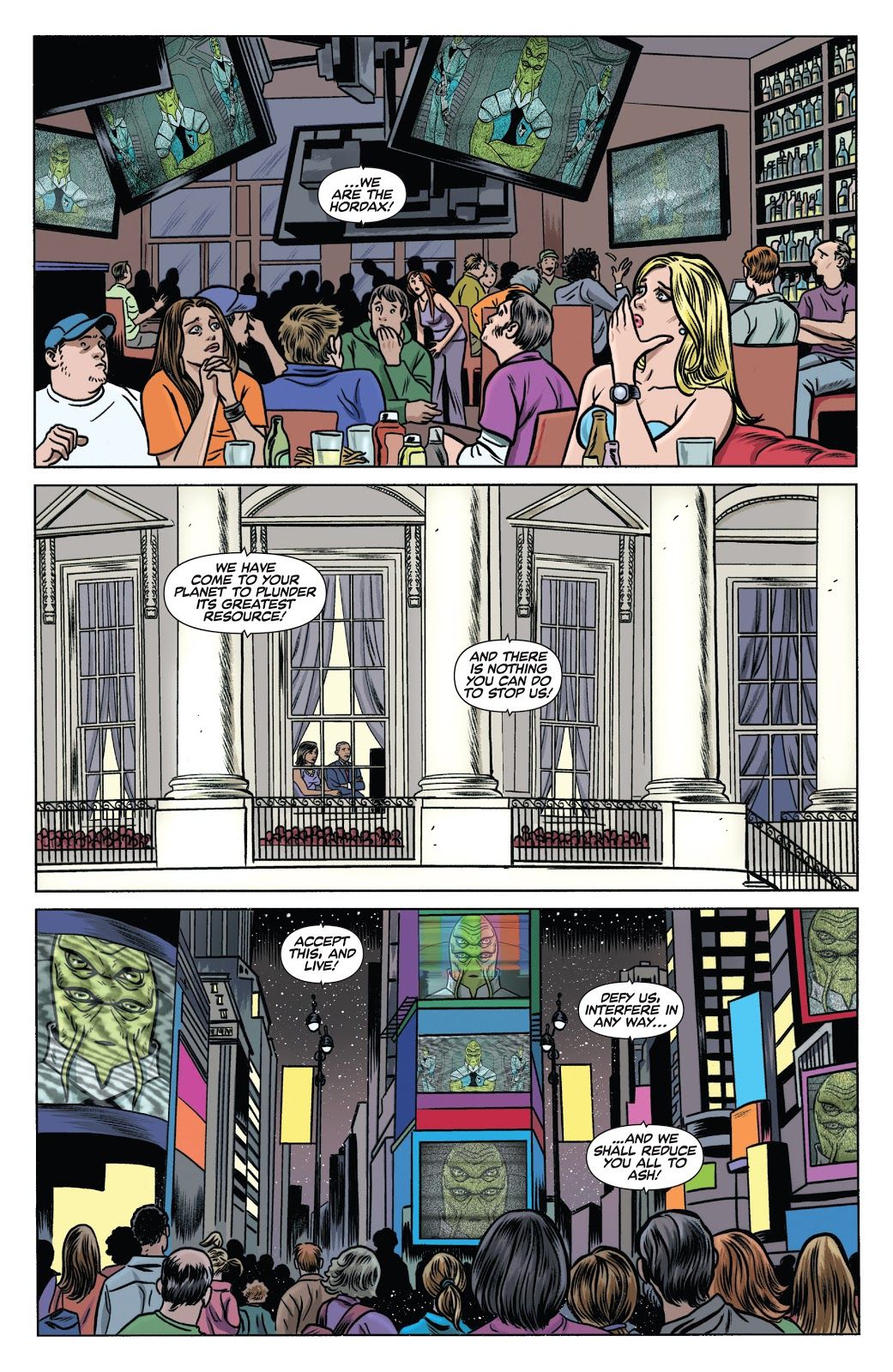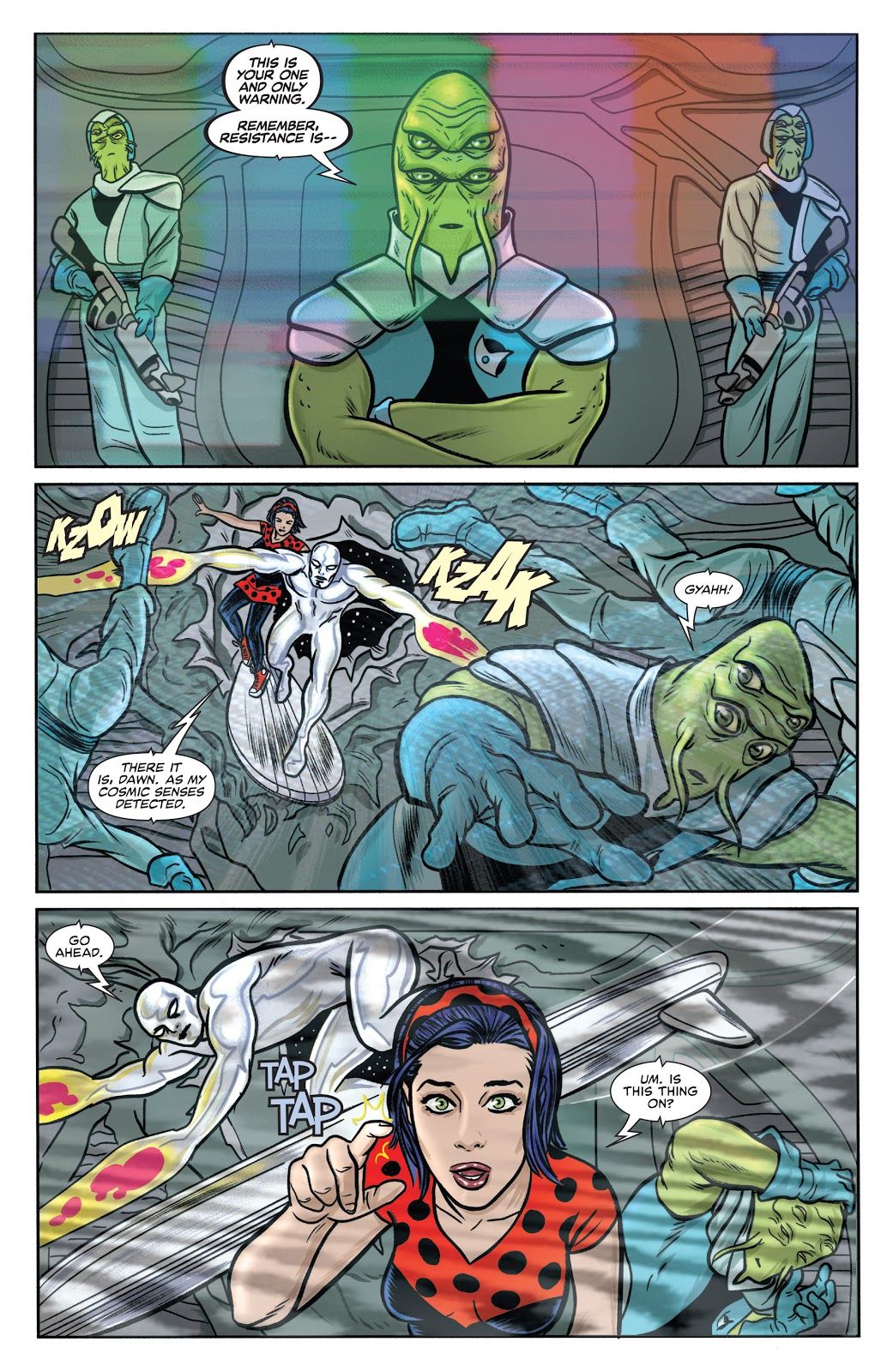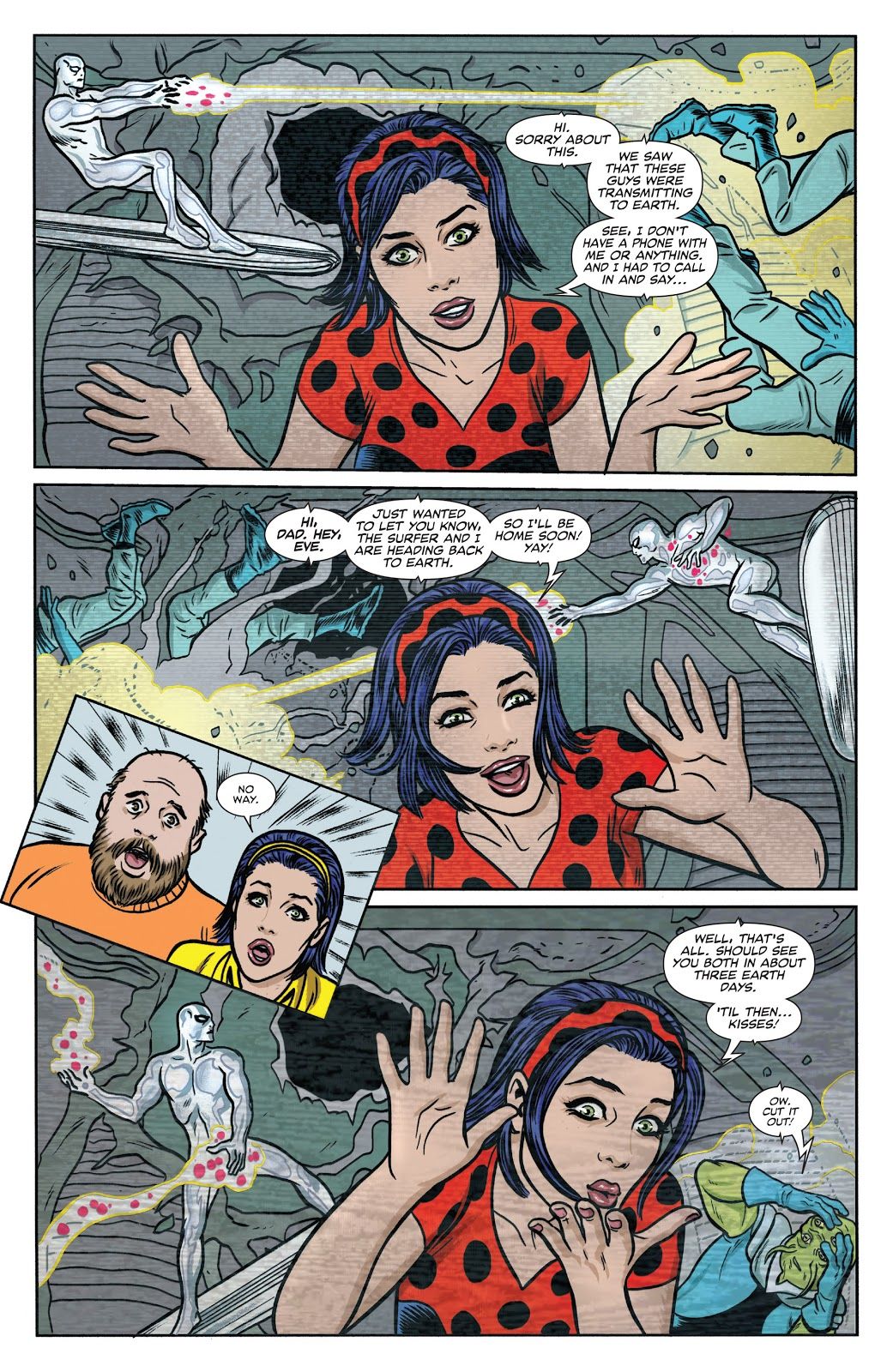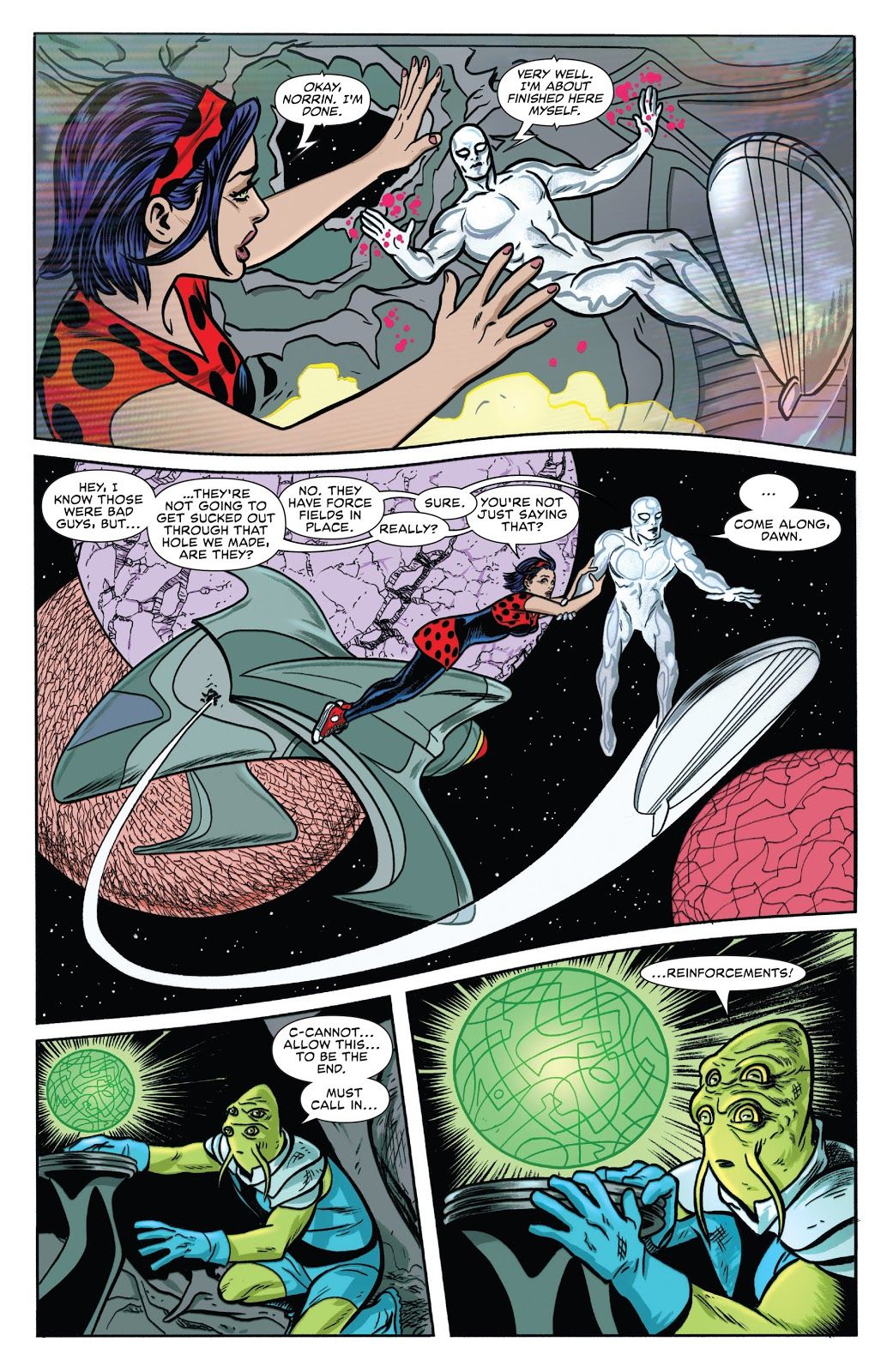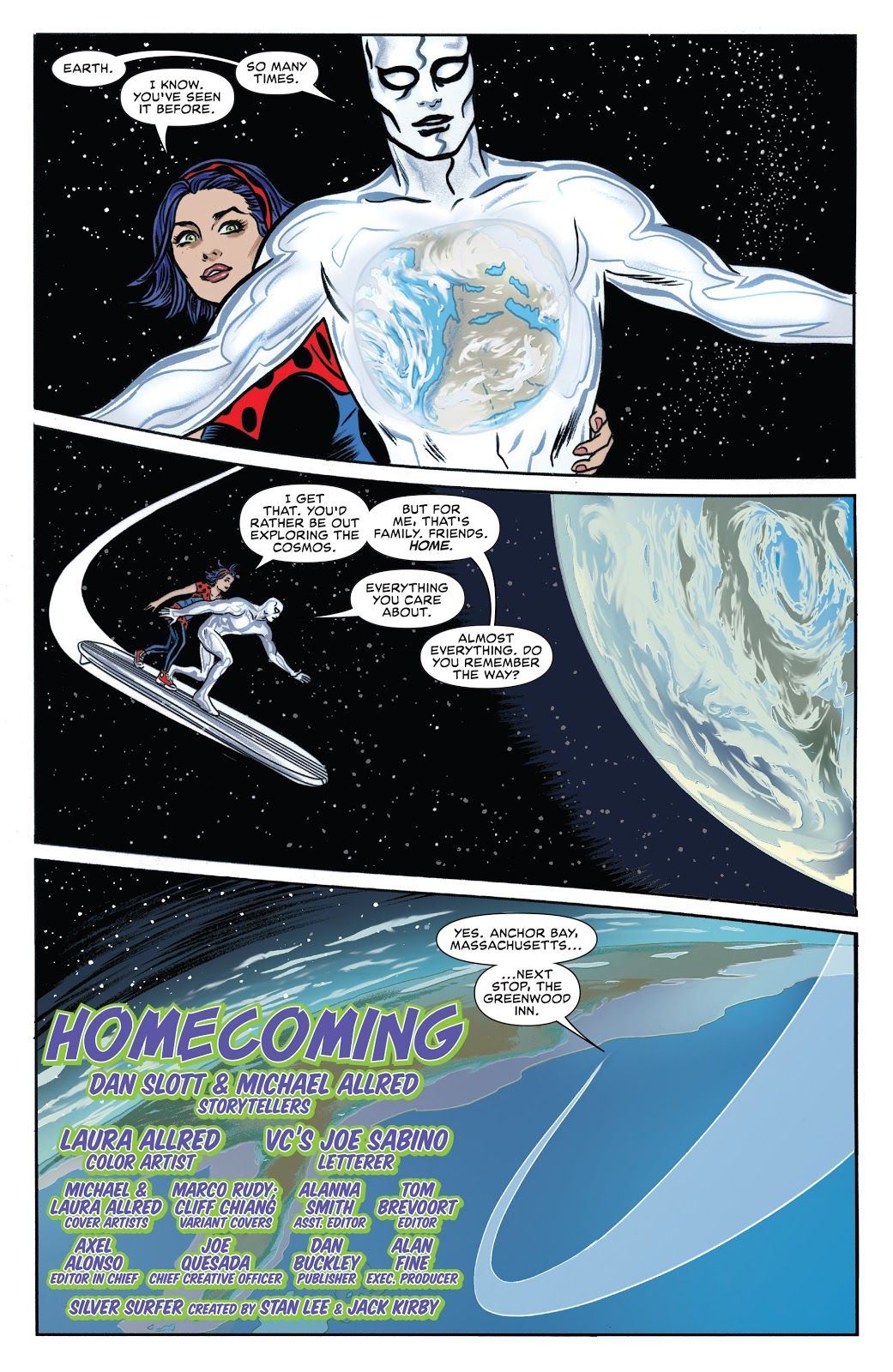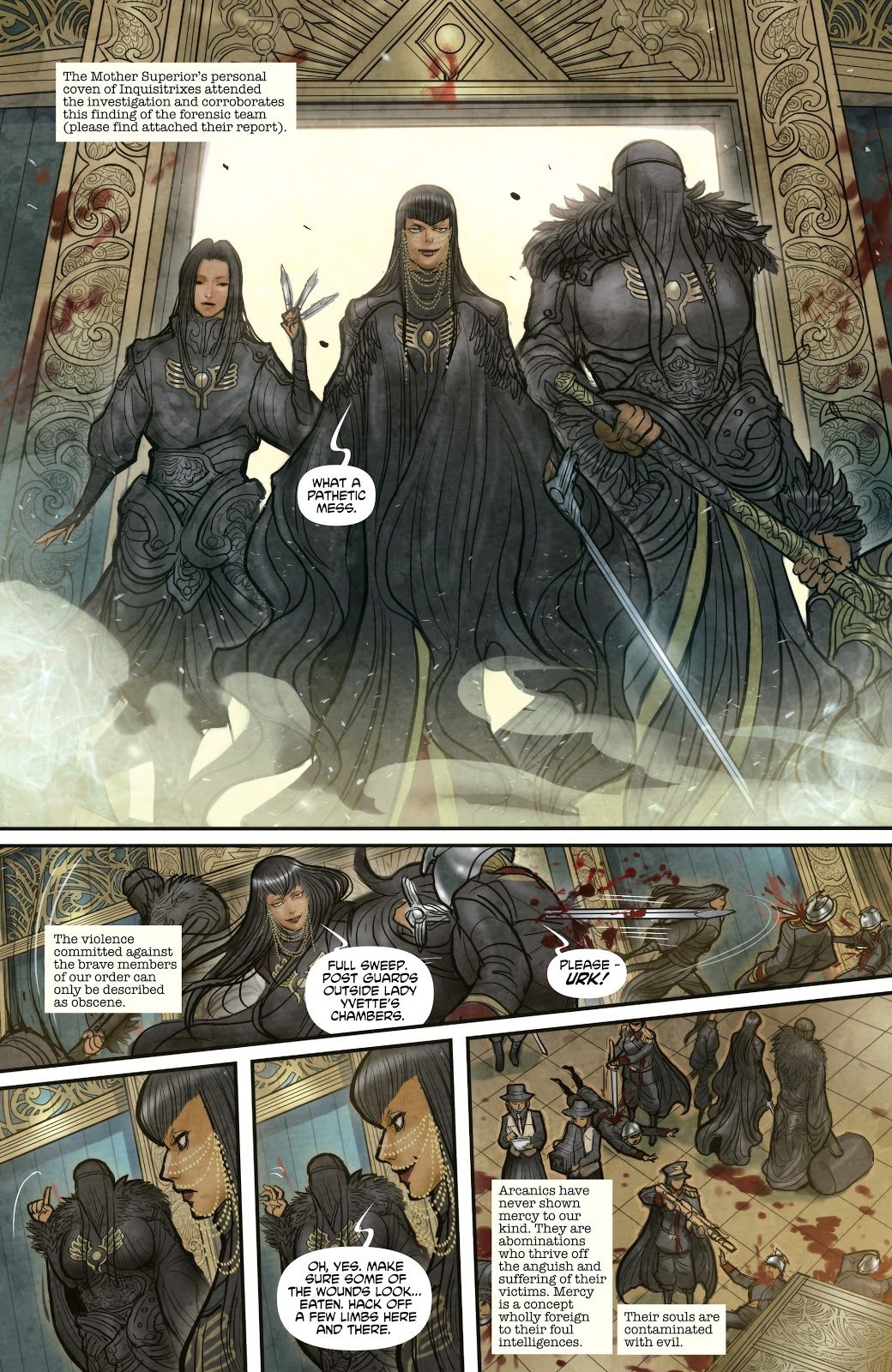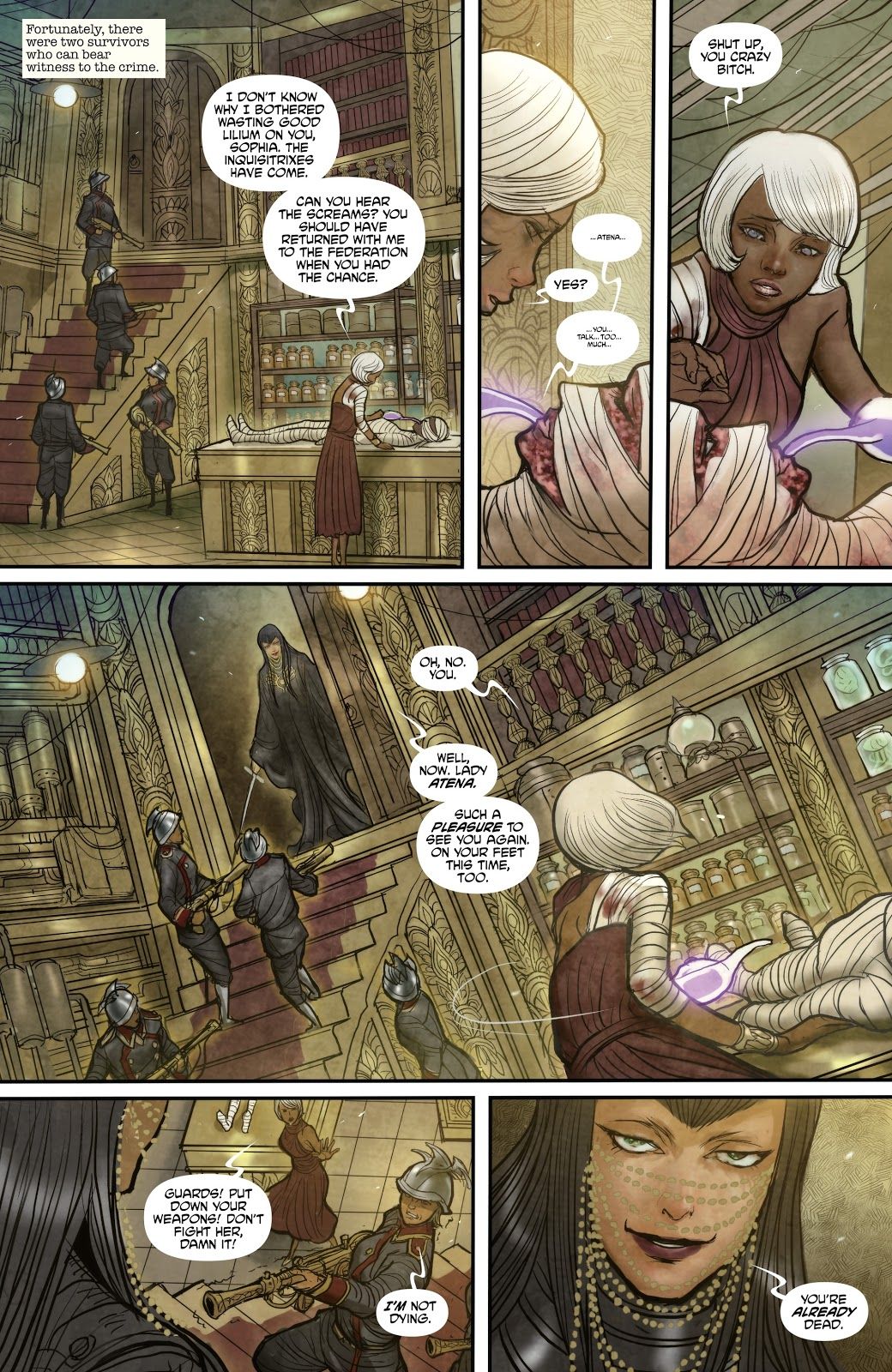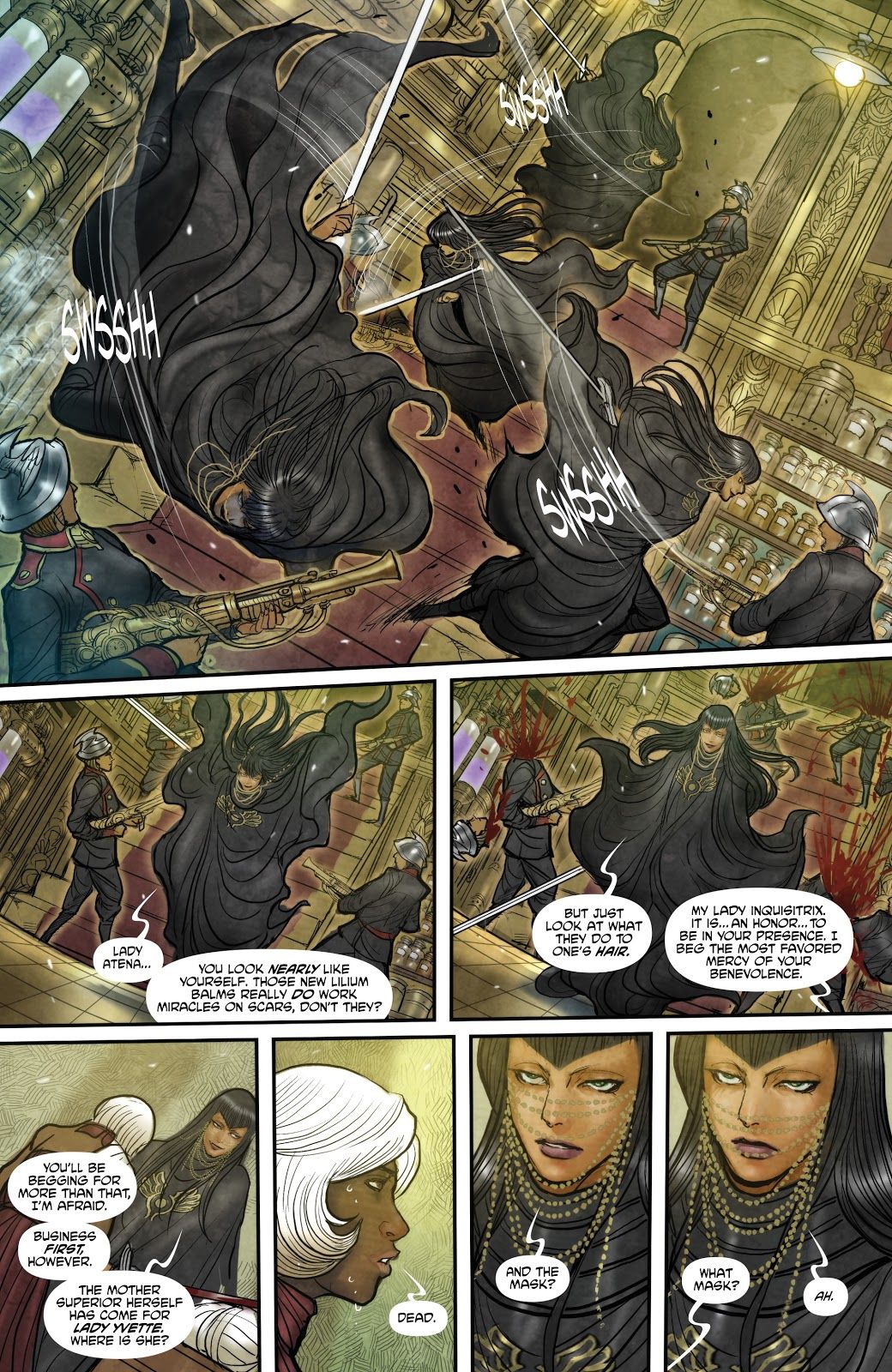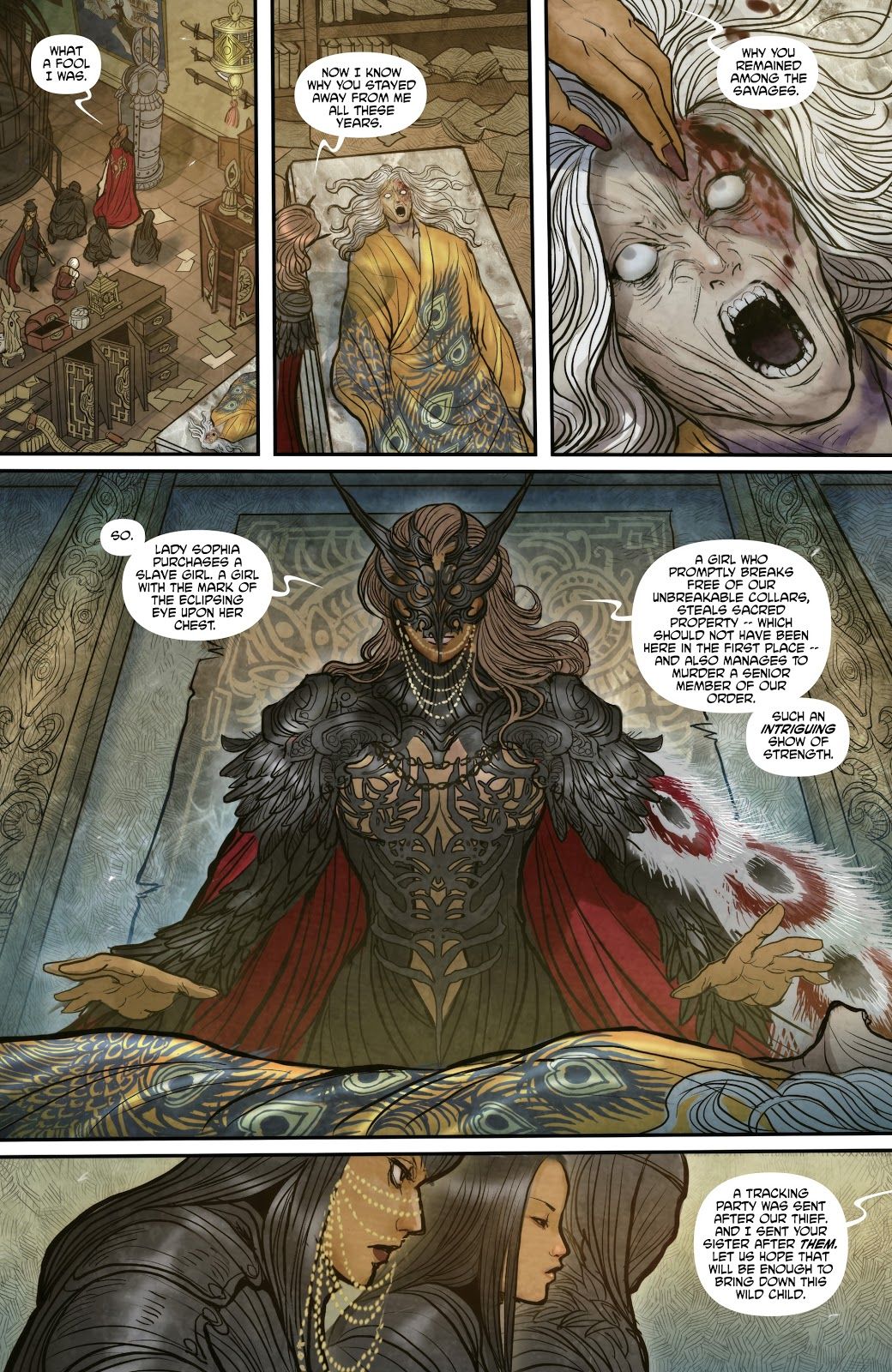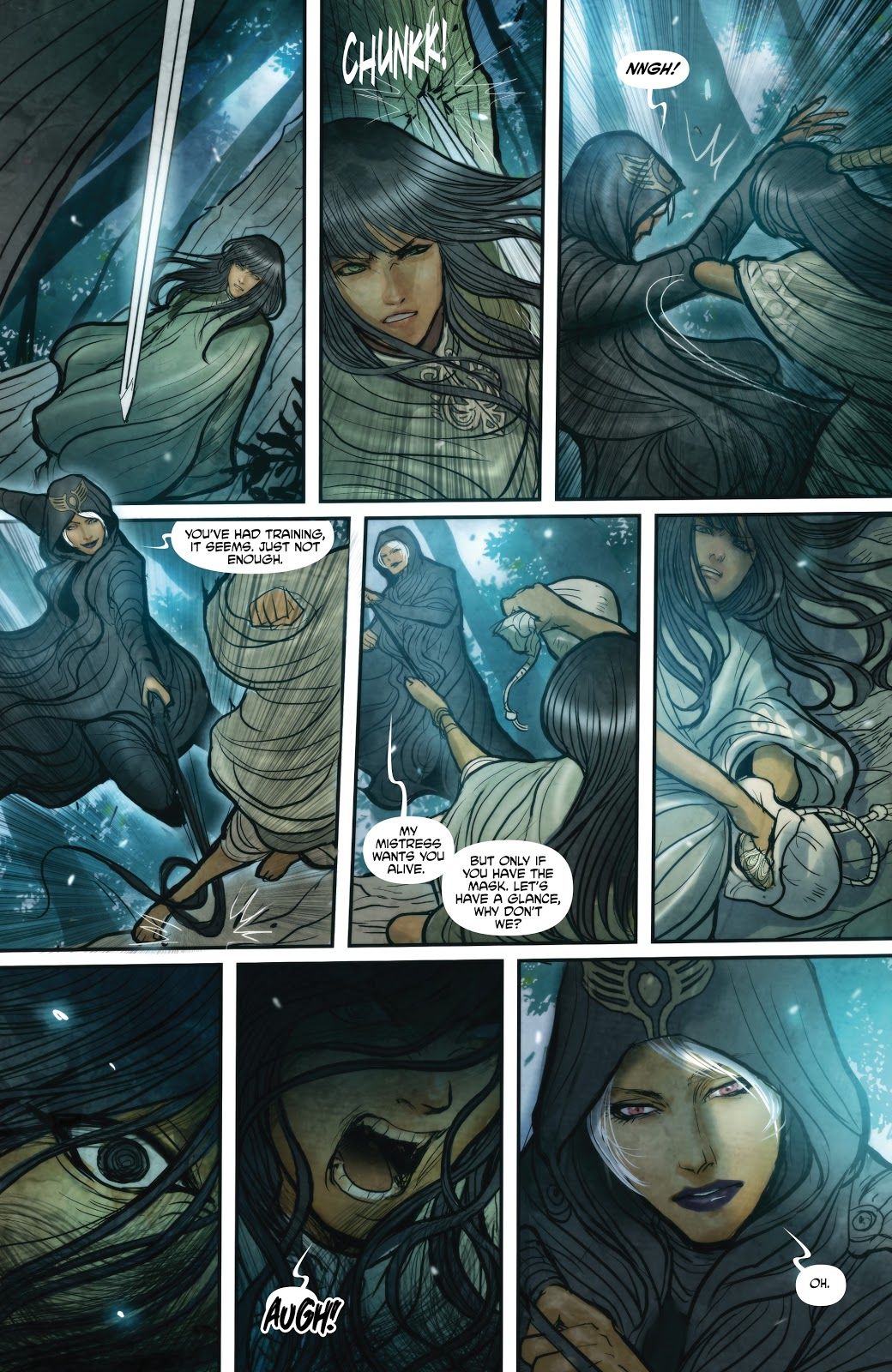You voted and we continue with the results for your picks for the top comic books and graphic novels of the 2010s.
35. Lazarus
The concept of Greg Rucka and Michael Lark's Lazarus is that the world is run by 16 families, who have broken the land into little feudal systems, where everyone is split into three tiers - family, serfs (skilled labor) or waste (everybody else).
Each family has their own enforcer, known as their Lazarus. The Carlye's family Lazarus is Forever Carlyle, whose brother and sister plot against in the opening arc in an attempt to take control of the family away from their father. Forever has to fight back. The series basically follows the various plots among the many different families, but also some mysteries behind Forever's history, as well.
A fascinating aspect of the series is that while Forever is the star of the book, the series never tries to tell you that this isn't a messed up situation, like this sequence when Forever meets the Lazarus of another family and one of the family's servants steps "above their tier," to a certain extent...
Rucka noted to CBR why that's such a key distinction, "I think it's important to remember, we naturally want to sympathize with the protagonist. You look at Forever and you go, "She's not..." and she isn't as bad as all that, but we then start to forgive Carlyle, and when you put Carlyle next to Hawk it's easy to do. But yeah, you can never forget that Carlyle made this world, and it's a rotten world. They are the banality of evil in many ways."
The series continues to this day, as the epic unfolds in continually twisty fashion, particularly when it comes to Forever's connection to her family (and specifically, the twist involving Forever's history and her teenaged nominal successor). Lark's artwork is outstanding (he's been paired with colorist Santi Arcas).
34. Kieron Gillen and Jamie McKelvie's Young Avengers
The longtime creative team of Gillen and McKelvie took over the Young Avengers and turned the whole team on its head with the addition of new members Marvel Boy (Noh-Varr), America Chavez and Prodigy (from the New Mutants) to the established members Hawkeye, Hulking and Wiccan, with Kid Loki manipulating events as he is wont to do.
The tone of the series was captured beautifully in the opening sequence by Gillen, McKelvie and colorist Matt Wilson where Kate Bishop wakes up from a one-night stand with Marvel Boy, just as Skrulls attack...
The book was fun, quick, sexy, stylish - it was an utter blast.
And Kid Loki, obviously, played a major role in everything...
Thus, in a lot of ways, Young Avengers was a sequel to Gillen's Journey Into Mystery series starring Loki. Gillen discussed that aspect of the series with CBR, "When I planned out "Journey Into Mystery," I knew how it ended and I thought that would be the end of me writing the character. I was about halfway through my initial plans when I realized the guy who was going to follow up my work with Loki was me.
The me who wrote "Journey Into Mystery" is a completely different entity than the me who wrote "Young Avengers" in terms of the aims. Part of the aims of "Young Avengers" was that I knew there was talk of an "Agent of Asgard"-style book. Me and Lauren had discussed it at the end of "Journey Into Mystery." This was a way to help set that up; to take Loki on a journey that would ready him for his next big adventure. Same as all the characters, really. You're trying to leave the characters in better places. Not necessarily happier, of course, but better.
So it was the same architect working different jobs, but it's not really a continuation. I was working different designs aesthetics to the character each time, but there's always unfinished business. That's kind of what the Marvel Universe means. Elements of my "Thor" run were picked up in "Journey Into Mystery," but they were separate stories, and there's never an ending to that."
The series ended up being highly influential on the future status quos for a number of the members, America Chavez, in particular, as the series was a bit of a star-making turn for her.
33. Hark! A Vagrant
Kate Beaton had been doing her webcoming, Hark! A Vagrant, for a few years when she landed a book deal collecting some of the best strips from the first few years of the strip, with some added commentary by Beaton.
The concept of Hark! A Vagrant is that Beaton will do hilariously offbeat commentary on history and literature, like this riff on the Bronte sisters...
The strips are rapid fire gag strips, almost like the old school Archie Comics format (or Laugh-In).
Beaton explained why she chose the format to The Comics Journal, "I choose the gag format honestly because I am most impressed by well-crafted humor. I don’t like presenting something that isn’t finished. I don’t like leaving things hanging, I don’t want a story with its ass hanging out. I want it to all be there and to have crafted this thing. My favorite humorist is Stephen Leacock and when you read his parody novels, they’re only a few pages long and they’re just perfect. You can’t just go on and on. A lot of humor books and things, they’re comedies and they try to go too long? You get tired of it. You’re like “that movie needed to be shorter.” You don’t see too many novels like that."
Here's a few more samples, so you can marvel at how clever she is...
It's sharp, intelligent and hilarious. She's a true comedic master.
32. Dan Slott and Mike Allred's Silver Surfer
Dan Slott and Mike and Laura Allred turned the Silver Surfer concept around by introducing a human companion, Dawn Greenwood, who travels the galaxy with Silver Surfer and his board, Toome (the name she gives the board, as Surfer always says, "To me, my board," and she assumed that that was its name).
Here, we see Dawn hijack the broadcast feed of an alien invader of Earth to let her family know that she and the Surfer are coming for a visit...
While an extremely offbeat series, it was still firmly settled in the Marvel Universe, which Slott explained to CBR made for a little bit of fun, in that Surfer is discovering some stuff just like us, "Whenever the Surfer meets Marvel characters, we're not off in some bubble. If he meets Thor it's Jane Foster. We've seen him meet Miles Morales, Squirrel Girl, and Ms. Marvel. He's clearly in the current Marvel Universe, except most of the time we're off exploring places in the cosmos that no Marvel fan has ever seen before.
That means we're on the edge of discovery all the time. So it's neat when suddenly the Surfer's thrust into a situation where has to deal with the fact that the universe he knows has changed. We saw him meet the Unseen on the moon. He was expecting Uatu, the Watcher. Like a lot of old time fans, the Surfer was very much, “What’s happened to Marvel continuity? What's going on?!”
The relationship between Surfer and Dawn was magical, and while things obviously are prone to return to the status quo, Slott even does a marvelous job doing a twist on the notion of reverting to the status quo. It's a beautiful comic book, both in the Allred artwork, and the heartfelt human interactions at the proverbial heart of the story.
31. Monstress
Monstress, by Marjorie Liu and Sana Takeda, is about a world where Cumaea, powerful sorceresses, hunt down Arcanics, magicial creatures whose power fuel the Cumaea.
Here's the Cumaea in action...
As you can see from those pages, the series is very female-driven, which is no mistake, as Liu explained to CBR, "Why, when we watch popular television shows or films, do we think it's natural to see men everywhere? I very deliberately wanted to reverse that. It's not that men have been wiped out by a virus, it's just that there are women everywhere. People keep calling this a matriarchy. I'm not saying it isn't, but in some ways that is simplifying—that is labeling something—it's putting it within a system. In this case, perhaps it is a matriarchy or perhaps this is just a story [where] in the same way we see men everywhere in film and television, this is a world in which we just see women everywhere, and it is just natural. It is the way things are, and we don't question it in the same way we don't question that it's the reverse.
It feels natural because these women are being depicted as human. They are not fulfilling stereotypical roles. They are not archetypes. They are not the virgin, the whore, the classic "strong female protagonist" kickass heroine. These are complicated women living their lives, engaged in their societal roles, in their jobs. They are human beings.
I think that what we miss a lot when we are writing and talking about women in fiction is the fact that women are human beings. We are not invisible. We take up space. We use our voices. We are half the imaginary world, and that is not often expressed—or is expressed in really very boxed forms. Women are not formulas, in the same way that male characters we see on television are not formulas.
For example, [the British television show] "The Night Manager," with Tom Hiddleston. That's a story in which men fulfill these really interesting, complicated roles, psychologically interesting, and there are two main women in the story. One dies; she is a "whore"—quote unquote, she's actually called "whore"—she dies, and then we have another woman who is fulfilling the same role, where she is sort of the mistress, her role is to be sexualized visually all the time, and eventually she is saved, she comes round, she has a child. Her whiteness and her innocence allow her to be saved at the end. Imagine if we reversed everything and this was a story about a former female soldier of war who decides that she is totally traumatized and done and she wants to be a night manager for a hotel and she encounters the abused boyfriend, who has been hooking up with this incredibly powerful and savvy female weapons dealer. Just imagine, we could tell the same story but with women, and we chose not to because I think it doesn't even occur to people to do that. Because, again, we put female characters into formulas and into boxes. You can tell all these stories you see on television, these great, amazing, complex stories, you can tell them with female characters and it would be absolutely amazing. You could tell them with women of color, and it would be amazing. You would have the same complexity, the same story, just with women. And we choose not to do this."
The book stars a young teen named Maika Halfwolf, an Arcanic who appears human, but she has a mysterious connection to a demon that comes from the stub in her arm...
Takeda's detailed artwork is a highlight of the series, which it manages to do without being TOO ornate. She explained to CBR why that is so important to her, "[O]ne of the things I deliberately pay a lot of attention to, to make sure it is not overwhelming to the reader. This is purely my own personal opinion, but I feel that sometimes what you describe in the other works, where it's so complicated that the reader kind of gets lost, is because the artist maybe gets too into working and gets too involved in what he or she is putting on paper and thus forgets they are producing this for someone else's consumption.
When I'm drawing a particular page, or a particular scene, I'm always thinking about the reader and always thinking about first of all what is Marjorie's focus? Does she want the reader to focus on the character in a particular scene, or sometimes you want them to focus on the background. That's what I focus on myself. And the beauty of working digitally is that I can go back very easily and say "Oh, no, no, the character has lost focus" or "The background has lost focus," and I can take out detail—or if I feel more detail is needed I can always go back and add it in without having to put [in] as much effort as if I was doing it by hand.
I always focus on making sure that the reader enjoys the experience of reading -- "enjoy" in terms of if they are meant to feel sad, I want them to feel sad -- but I am focused on the reader and not on my own satisfaction. Often when I am interviewed I am asked "Do you love drawing?" and I say "It's actually a lot of work and it's not that fun," and the interviewer gets this weird look on their face, but that's why. It's because of the way that I work. It's not meant to be fun for me. I'm meant to produce something that is enjoyable for the reader."
The book has won, like, every award possible since it has launched.


